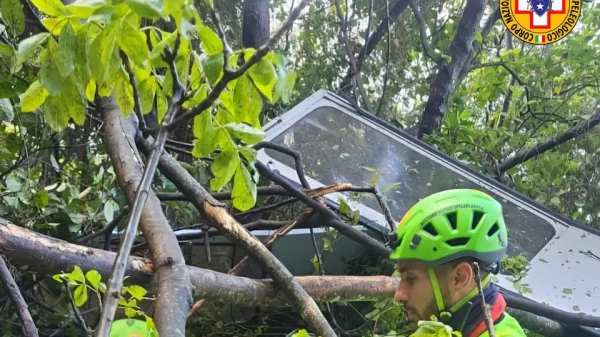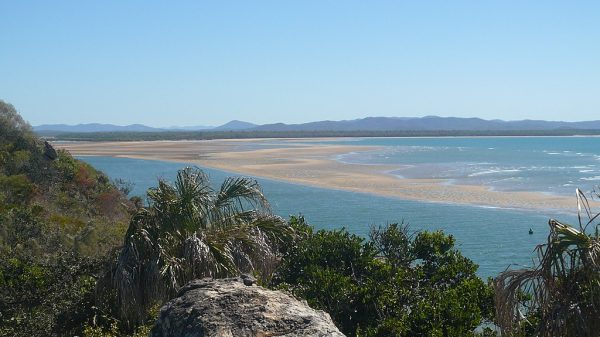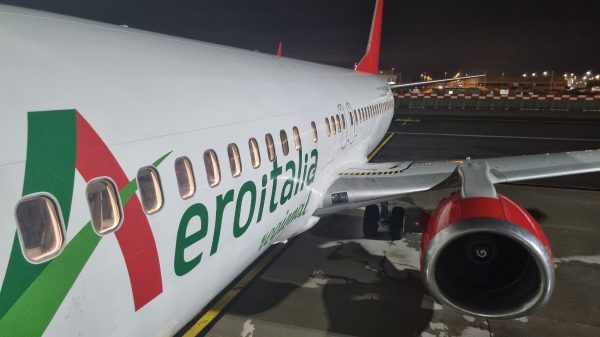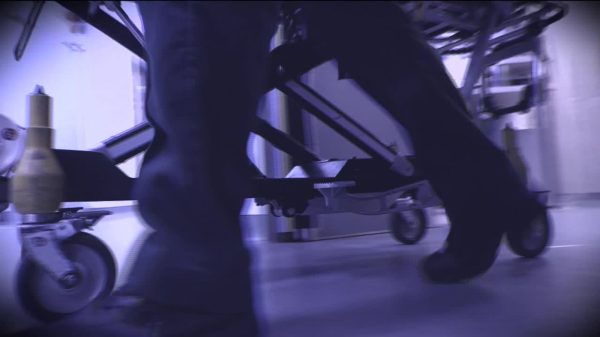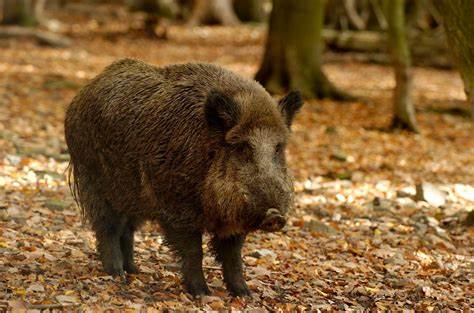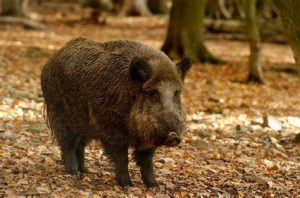
Growing numbers of wild boar in Britain are threatening five native species of birds.
More than 5,000 boars are estimated to be running loose in the country.
The majority are in the South West – in particular the Forest of Dean.
The boars are known for their destruction.
A recent study covering 54 countries has identified 672 species threatened by the hogs’ presence.
Thirty-three species are in Europe – and five, all ground nesting birds – are in the UK.
They are the Hen Harrier, Pallas’s Gull, Little Curlew, Common Crane, and Common Pochard.
Pallas’s Gull and Little Curlew are rare visitors to our shores.
But the other three are common and breed here.
Derek Risch, the study author, said:
“Birds and other nesting species (reptiles and amphibians) are particularly vulnerable to wild pigs due to both direct predation and nest predation.
“Wild pigs are known nest invaders and will damage nest sites by rooting or digging and predating upon the species residing there.
“It would seem that most of the UK birds threatened by wild pigs nest on the ground making them particularly susceptible to nest predation and disturbance from wild pigs.
“Future extinctions caused by wild pigs are highly probable and we’ve shown that they have been documented as a major contributor to 14 extinction events in the past.
“Wild pigs can function as top predators, destructive herbivores, and ecosystem engineers threatening things as small as the soil microbiome to large terrestrial mammals.
“They also have a unique ability to root and dig which can fundamentally alter an ecosystem earning their name as ecosystem engineers.”
Wild boars are native to Britain but went extinct hundreds of years ago.
They have been illegally brought back into the environment over the last 30 years.
The new findings are published in the journal Scientific Reports.
Graham White, Head of Ecology at the RSPB, told The Telegraph:
“Wild boar can be an important part of natural and semi-natural ecosystems.
“Their activity can diversify habitats and create niches for other species and assist with the movement and distribution of plant seeds between habitat patches.
“However, in large numbers or high densities there can be locally detrimental impacts and control may be necessary.”



